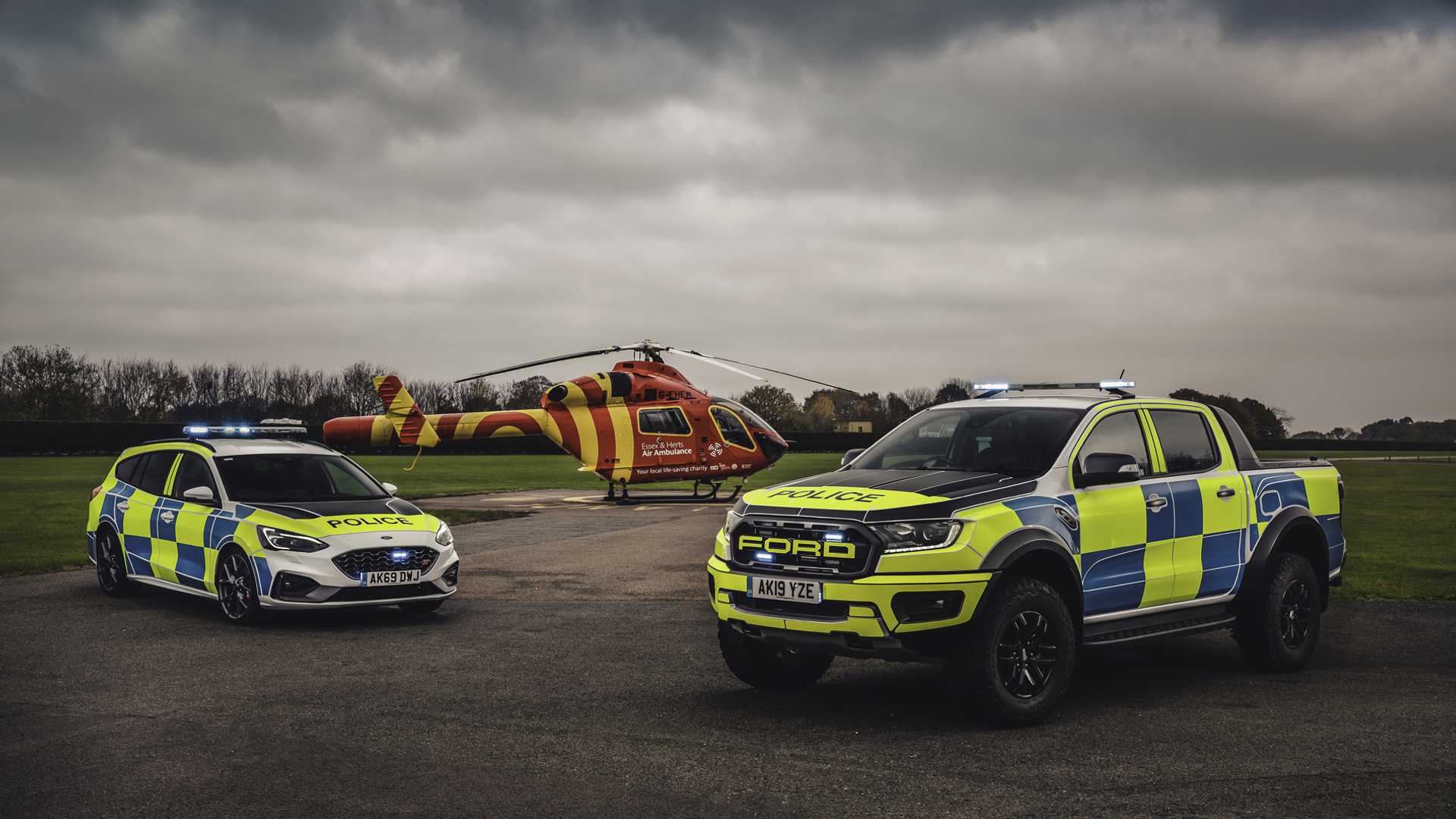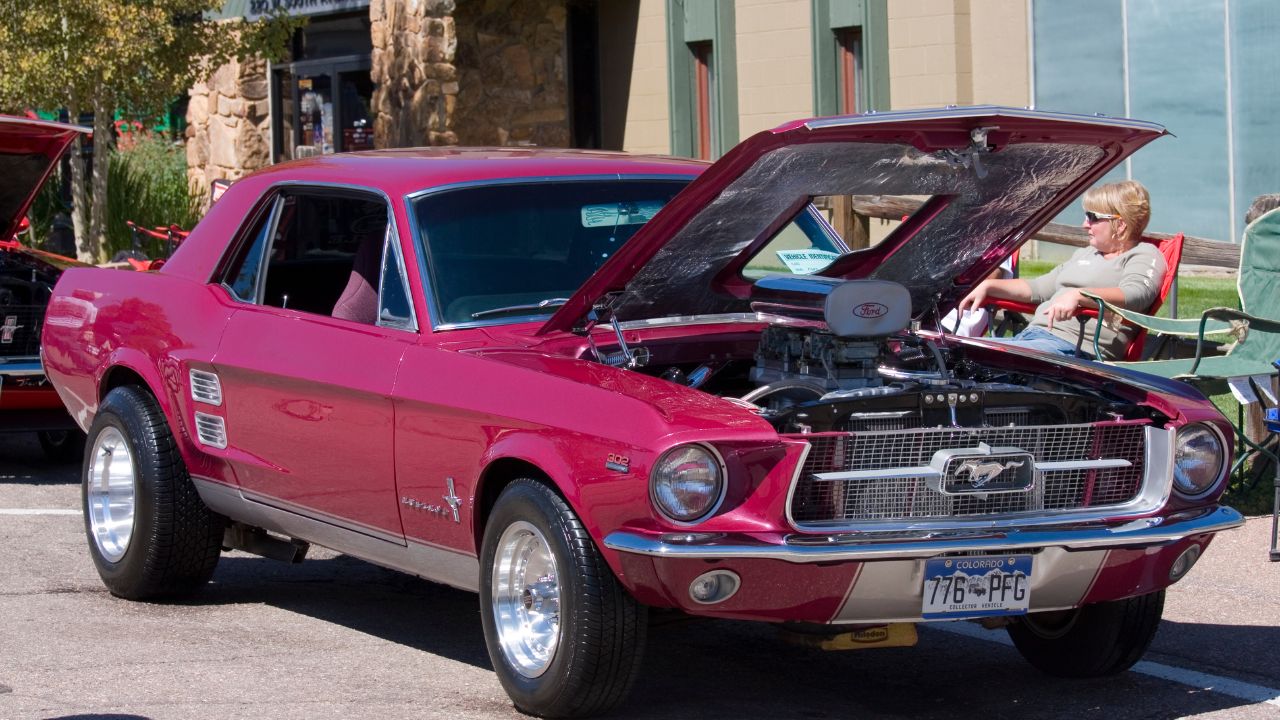
The 1970-1971 Plymouth Hemi Cuda convertible is one of the most sought after of all the muscle cars. This car has been called a "super bird" because of its aerodynamic nose cone and large rear wing. The car's horn even sounded like the Road Runner cartoon character. Its engine produced 425 horsepower, propelling it from 0-60 in 5.5 seconds. You should read this article if you're interested in purchasing one of these rare vehicles!
1970-1971 Plymouth Hemi Cuda convertible
The 1970-1971 Plymouth Shemi 'Cuda is a special class of muscle cars. Only 107 examples were built for the U.S. market and are now up for bid at Hemmings Auctions. As you think about which one to buy, have a look at these most desirable muscle cars of that era.
Five engine options were available for the first Hemi Cuda. These ranged from 340 to 425 cubic inches. Plymouth made just 21 of these classic cars. They are today some of America's most iconic muscle cars and are synonymous for American engineering and auto culture. The Plymouth Hemi Cuda is a highly collectible vehicle for many reasons.

1970-1971 El Camino 454 SS
The first three model years of the seventh decade brought a new muscle car to the El Camino lineup: the 454 SS. While the car was based on the Chevelle station wagon sheet metal, the front end of the 454 SS was distinct from that of the 1968-1969 El Camino. The Chevelle's muscle car traits were inherited by the car. It also received SS Badging and exterior trim.
The last generation of the powerful 454 V8 was in the 1970-1971 El Camino. The car was based on the mid-sized Chevelle, but received a facelift to make it more appealing to buyers. The SS was equipped with a 454-V8 engine in 1970. The V8 was more powerful and faster than any predecessors. This 1971 El Camino 454 SS needs a bit of bodywork and some new paint but it is otherwise a great vehicle.
1970-1971 AMC Matador
The AMC Matador is a rare muscle car. This unique car was produced only between 1970 and 1971. Consumers could customize the vehicle to their specifications. There were only 55 of these cars built and few are still on the roads today. Matador's name has a fascinating history. Its use in a car is a testament to how far Matador has come since its beginnings.
The first generation of Matador was the official police car of the United States, and its 3.8 liter inline-six engine produced 360 horsepower. It was also widely used in commercial settings. Matador four-door sedans from Matador became the choice of police cars in the United States. This car also made a notable contribution to stock car racing. The cars are featured in James Bond films.

1970-1971 Ford Galaxie 500 7 Litre
The 1970-1971 Ford Galaxie 500, a rare muscle car, was built between 1971 and 1973. It is the last Ford model to carry the name Galaxie. It is different from the XL version. This is due to the fact that it was renamed in 1969 as the Galaxie Ltd and kept the name until 1971. Additionally, the Ford LTD was a local car model, based off the Ford Galaxie.
The 1970-1971 Ford Galaxie was almost identical to the 1969 model, except for a few minor changes in trim. The 1970s saw the introduction of a new Government-mandated ignition locking system. This lock was located on right side, just below the steering column. Galaxies of the new generation also offered hardtop coupe body styles including SportsRoof and formal roof versions.
FAQ
What jobs are available for car mechanics?
There are three main areas of employment for car mechanics:
-
Automotive repair shops
-
Dealerships
-
Independent garages
Automotive repair shops
Most people think of this as the first step to becoming a mechanic. It's actually the easiest way to start. You can either work at a shop owned by someone else or set up your own business.
If you choose to work at a store, you need to join a union. After you are accepted to the union, you will receive training from it.
After the training, you will be ready to go and start your job.
If you plan to open your own garage you will need to register with government. Once you have registered, certain standards will be enforced.
After you register, you will be granted a license for your garage to operate.
Your license will allow you to sell spare parts and do minor repairs. It won't allow you to fix major engine problems.
In addition to selling spare parts, you'll also be expected to offer advice and guidance to customers.
Dealership jobs
Most dealerships only employ mechanics who have a specific skill set. They might be able to only fix brakes or replace tires.
Some dealerships hire general mechanics to handle all aspects of car repair.
These positions may require applicants to complete specific training before being allowed on the job. Employers are able to choose which candidates will best suit their position.
Some dealerships will hire graduates straight from college. These graduates have no difficulty learning about cars because they already know the basics and principles of mechanical engineering.
Independent garages
Independent garages don’t have to be associated with any particular dealer. Instead, they tend to focus on providing high-quality service.
Independent garages have the ability to afford higher wages, as they aren’t associated with any one company. These jobs generally pay better than those at dealerships.
Independent garages don't necessarily make for better work environments. Many business owners prefer to be in control of their businesses than to delegate it to employees.
This could lead to you working long hours with little control over your day.
It is also possible to expect lower wages than you would if working at a dealer.
There are many jobs that can be switched between. It is possible to switch between different types of jobs if your current employer would prefer you to work at a dealer.
If you prefer to work in an independent garage, you might consider applying directly to its owner.
The bad news? Finding a new position isn't always easy. You can earn more depending on many other factors.
You might also consider the vehicle type you repair, and whether extra labor is charged.
What are the qualifications for an automotive technician
High school graduation or GED is required with excellent grades in English and math. It is also necessary to be able both to read and to write. You will need to pass a written test and then go through a series of practical exams before being allowed to start work.
Is it difficult to become a mechanic apprentice
It's not easy, however, it is very rewarding and offers many opportunities for growth.
You must be patient and persistent. Also, you must know how to fix trucks, cars, and motorcycles.
Customers and family members will put pressure on your shoulders to help you succeed. But you should never feel pressured into making decisions you aren't comfortable with.
It could be a great job choice if you love fixing cars. This is a job that allows you to earn a decent income and grow your business.
However, you might prefer to go down another route. Consider becoming a technician.
This involves using your technical expertise to support other workers. You might be able to assist technicians in troubleshooting problems or teach them new techniques.
Another option is to become a service advisor. You will offer assistance and advice to customers when they bring cars to a garage.
The decision you make will depend on what you are looking for. There are many choices available and you can choose what suits you best.
What qualifications do I need to be a truck mechanic?
Although you don’t have formal qualifications, you have extensive experience with engines and trucks. Your expertise is invaluable because you know how quickly and efficiently to diagnose problems.
You also have an excellent knowledge of diesel technology which will help you to understand what parts are needed to repair our vehicles.
Are you looking for a career as an automotive mechanic?
There are many exciting opportunities in the automotive industry for people who are driven to achieve excellence. Working hard and learning from others is the best way to be successful in this field.
You'll need to have excellent communication skills because you'll spend most of your time talking to customers and other employees. You will need to be able and willing travel for work, making it more difficult to commute.
If you're interested in pursuing a career in automotive, consider taking classes at community colleges and universities. Many schools have programs that are specifically tailored for students who are interested in automotive sales, repair, and customer service.
If you decide to pursue a degree, you should study mechanical engineering. It's possible to get a bachelor's degree in just four years.
Many employers will also hire graduates straight from school. Therefore, it is a good idea to look for employment while still pursuing part-time studies.
Once you've completed your education, you'll probably need to complete some form of training before being able to take up a position as an automotive technician.
This means that you must pass the Automotive Service Excellence exam. This test covers engine maintenance and brakes as well as suspension.
Once you pass the ASE test, your license can be applied for by the National Institute for Automotive Service Excellence.
A license allows you to perform repairs on vehicles owned by private individuals. You'll get compensation based on the amount of services you perform.
Not all states require licensing. You will need a license if you want to work in a different state.
Some states do not issue licenses until they have received a certain amount or training. This could be you.
How can I prepare for a apprenticeship as a mechanic?
It is vital to be able to comprehend what you are doing. You must understand the workings of cars. This will help you to plan your first day in the garage.
You should also know how to fix common problems such as tires or broken lights.
This will teach you how to diagnose problems and fix them yourself.
You'll also need to know how different parts fit together to put them back together again.
Finally, you need to be able to safely and efficiently use tools.
These things will enable you to be a competent mechanic.
Is it difficult to find a job as a mechanic in the automotive industry?
It is possible. Many garages post their vacancies online. Many people apply simply because they think it might make them feel good. You can apply for several places to see if they are accepting student applications if you want to get your foot in their door. Another option is to ask family members and friends if anyone works in this industry. They might be happy to recommend someone.
Statistics
- There were 749,900 jobs available for automotive service technicians and mechanics in 2016, which is expected to grow by six percent through 2026. (jobhero.com)
- The U.S. Bureau of Labor Statistics (BLS) reports that the job outlook for automotive service technicians and mechanics is expected to decline by 4% from 2019 to 2029. (indeed.com)
- According to the BLS, the median annual salary for automotive service technicians and mechanics in the United States was $44,050 in May 2020. (uti.edu)
External Links
How To
How to diagnose your vehicle properly for repair
Before you can determine if your car requires repairs, it's important to first analyze the symptoms. These steps will help you diagnose your car properly.
-
Check engine lights. Check the dashboard light indicators such as the engine light indicator, the oil pressure gauge, the battery light indicator, the coolant temperature gauge, and the RPM gauge. If they have been flashing for more days than usual, it could be a sign that something is wrong with the vehicle.
-
Inspect the tire treads. If the tires are worn out, they could cause problems with handling and braking. You should also inspect the wheel treads. They should be smooth and clean. To do this, remove the wheels and take them out. You can check the tread wear with a flashlight.
-
Pay attention to the level of your brake fluid. Keep track of the brake fluid level in your vehicle. This will ensure your brakes function properly. Low brake fluid levels can cause brake failure when you apply pressure.
-
Make sure to test the suspension system. It is common for vehicles to have a suspension system which absorbs shocks or vibrations. It provides better control and allows smoother acceleration and deceleration. If your vehicle has a suspension problem, it might feel wobbly or shake uncontrollably. Try putting some weight on your front or rear axle to determine if you have a suspension problem.
-
Take a look at the steering column. The steering column is used to link the steering wheel with the rest of vehicle's components. Accidents often damage steering columns. You should replace the steering column if it is loose or weak.
-
The exhaust pipe should be observed. Exhaust pipes help move gases from the combustion chamber to the atmosphere. If the exhaust pipe is damaged or leaks, harmful fumes can enter your cabin. If your tailpipe bends, it is important to fix it immediately.
-
Check under the hood. If you see anything unusual, take a look under the hood. Fluids could be leaking from your engine. You should also contact a professional technician if there is an unusual odor coming from the engine compartment.
-
You should inspect your air filter. The outside environment can collect dust and other debris in your vehicle's air filters. A dirty air filter causes your vehicle to run poorly. Replace your air filter regularly.
-
Verify the fan belt. The fan belt that connects your vehicle to the transmission is called the engine fan belt. If it breaks, the engine won't turn over. Replacing the belt is simple. All you need to replace the belt is a screwdriver with pliers.
-
The radiator hose and hoses should be checked. The radiator hose transports water from radiator to engine. It can become cracked or damaged and leak hot liquid onto your engine. The hose can be repaired with a pair or needle-nosepliers, and a wire brush.
-
Be sure to inspect your windshield wipers. Windshield wipers use electricity to wipe away rain and snow. If they stop working they could leave streaks behind on your window glass. Change the washer fluid to fix the problem.
-
Make sure you check the cables. The battery cables supply power to your car's electrical systems. If you are replacing batteries, disconnect the negative cord first. Failure to do so can damage your alternator.
-
Pay attention to your headlights. Headlights help you see the road ahead. They can make it difficult to see if they stop working. Check the bulbs to see if they've burned out.
-
Always check your lights. You can warn other drivers if you approach them at night. It could cause distraction and even lead to an accident if it doesn't work.
-
Inspect your brakes. Before you have a collision, brakes slow down your car. If they aren't working correctly, you could lose control of your car and crash.
-
Make sure to change the oil. Oil keeps your engine lubricated. It protects metal parts and prevents them from wearing too quickly. It is recommended that you change your oil at least once per month.